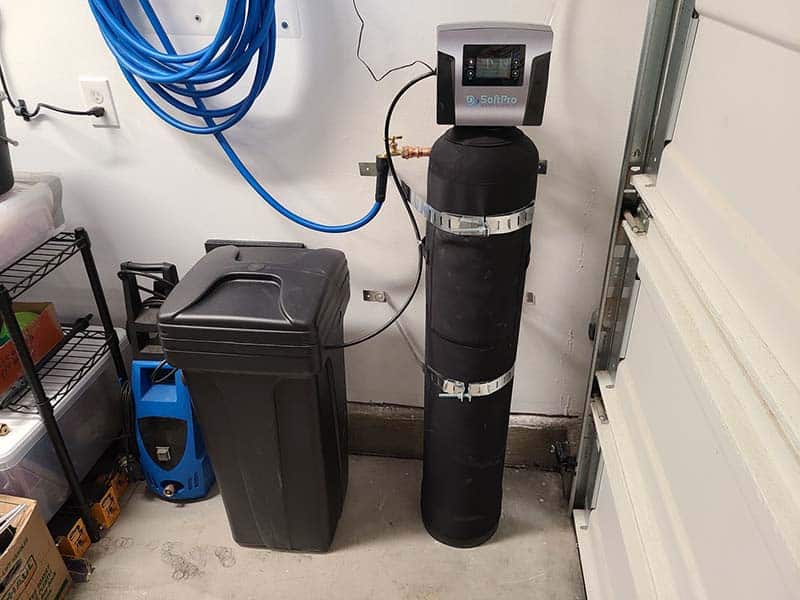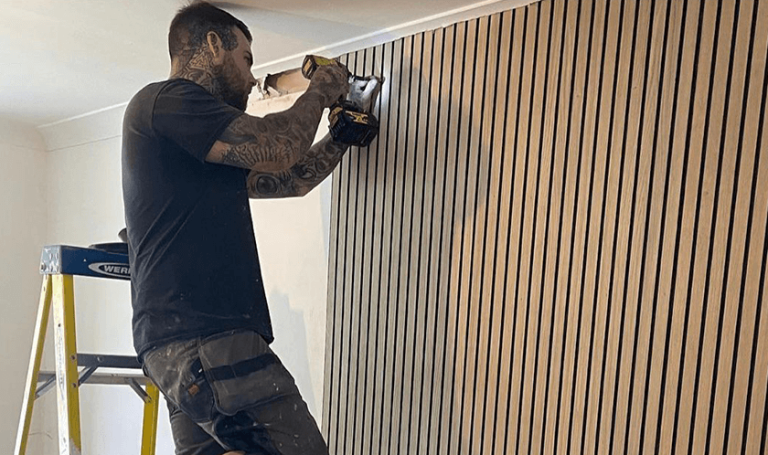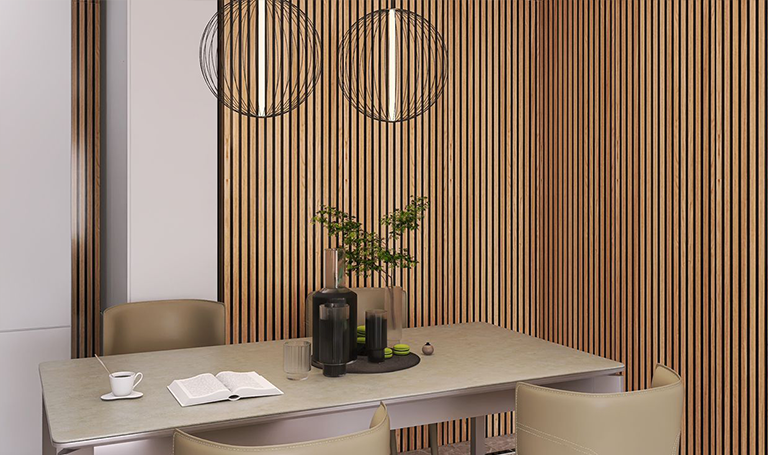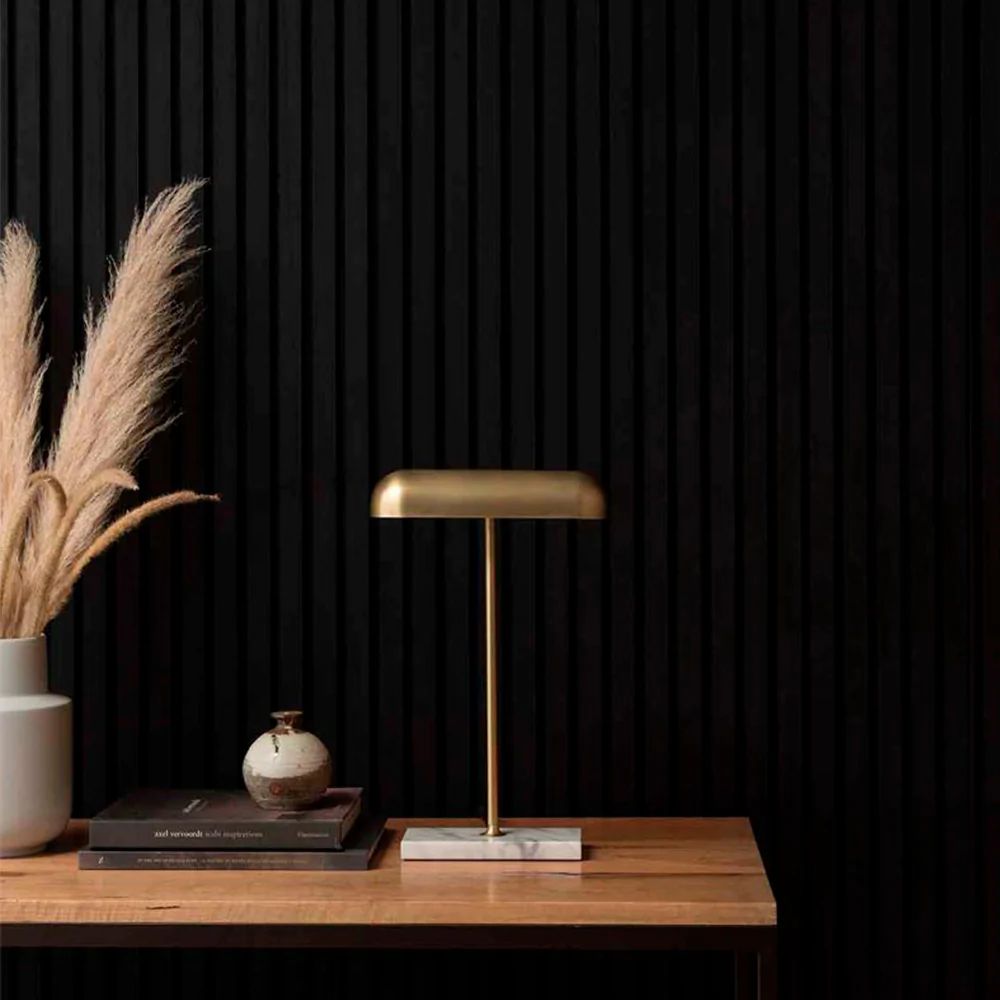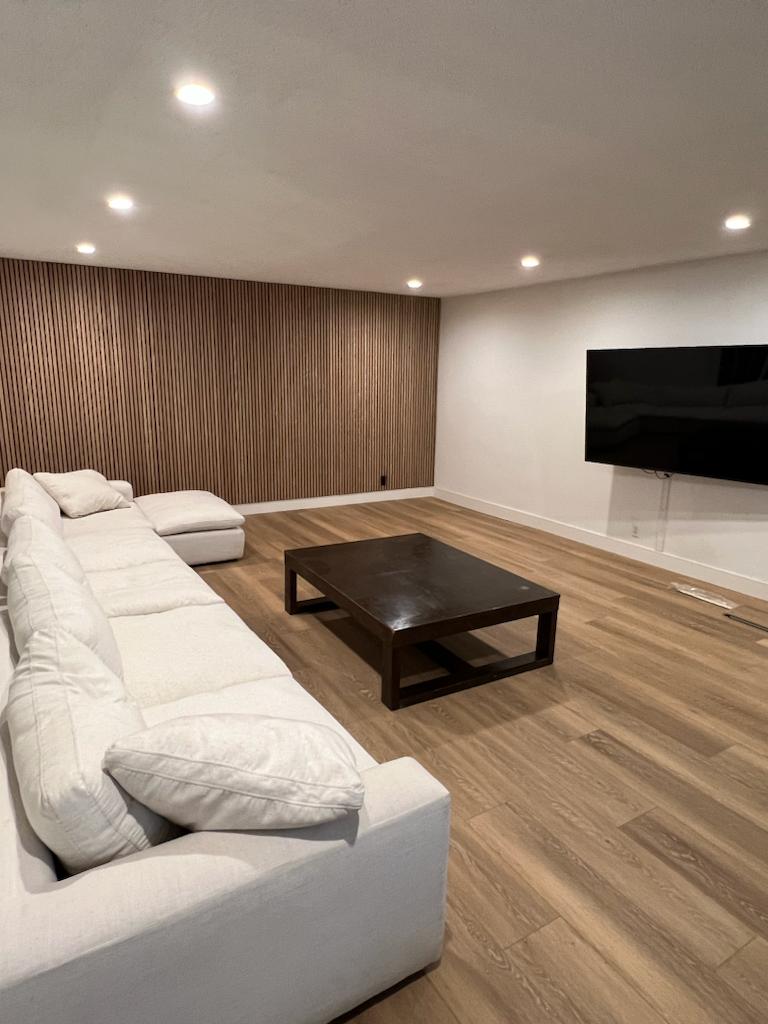
Wood Paneling in Modern Architecture: A Timeless Fusion of Nature and Innovation
With its seamless fusion of tradition and modernity, wood paneling has become a standard in modern architectural design. The use of allows designers to create visually appealing and sustainable interiors. Wood paneling in modern architecture offers a chic and environmentally friendly approach to enhance both residential and commercial spaces, so it's no longer just for traditional interiors. Its adaptability makes it a top choice for architects and designers, since it can be used to improve insulation, acoustics, and aesthetics.
In this guide, we’ll explore how wood paneling continues to redefine modern spaces, why it remains relevant, and how you can incorporate it into your projects for a lasting impact.
Why Wood Paneling Is a Game-Changer in Modern Architecture
Wood paneling in modern architecture isn’t just about looks—it’s about functionality, sustainability, and an enhanced living experience. Choosing the right [dcl=4233] can make a significant difference in the overall ambiance of a space. Here’s why it stands out:
Aesthetic Versatility That Elevates Any Space
Wood paneling adapts effortlessly to different architectural styles, from ultra-modern to industrial and minimalist designs. Whether you prefer a warm, rustic charm or a sleek, contemporary vibe, the variety of wood finishes, grains, and colors ensures the perfect fit.
Eco-Friendly and Sustainable Choice
Wood paneling offers an eco-friendly alternative as sustainability becomes a major architectural concern. Many manufacturers use environmentally friendly production techniques and acquire wood from forests that are ethically managed. When compared to synthetic materials, wood paneling also helps to reduce carbon footprints.
Improved Acoustics and Insulation
The utility of a building is improved by wood paneling in modern architecture. It is perfect for home offices, recreational areas, and commercial buildings since it naturally absorbs sound. Additionally, it uses less energy because of its insulating qualities, which help control indoor temperatures.
Creative Ways to Integrate Wood Paneling in Modern Design
Looking to transform your space with wood paneling? Here are some creative applications to consider:
Feature Walls That Make a Statement
In any space, wood-paneled feature walls immediately grab attention and become a focal point. They create a refined atmosphere while adding depth and coziness to a living space, workplace, or hotel lobby.
Popular paneling styles for feature walls:
- Slat Paneling: Sleek vertical or horizontal lines for a modern aesthetic.
- Shiplap Paneling: A timeless choice for a coastal or farmhouse feel.
- Geometric Patterns: Chevron, herringbone, or intricate designs for a contemporary twist.
Ceiling Accents for Added Dimension
Wood paneling can improve ceilings as well as walls! By adding depth, a paneled ceiling gives a space a more lively and welcoming air. The outcome is unquestionably stunning, regardless of whether you choose flawless hardwood planks, coffered panels, or exposed beams.
Space-Saving Built-In Paneling
For smaller spaces, wood paneling doubles as a practical and stylish solution. Built-in shelving, hidden storage compartments, or wall-integrated seating with wood paneling can maximize functionality without compromising design.
Choosing the Right Wood Paneling for Your Space
Selecting the perfect wood paneling depends on factors like durability, aesthetic preferences, and maintenance needs. Here’s a breakdown of popular options:
1. Solid Wood Paneling
- Natural and rich in texture
- Best for high-end designs
- Requires maintenance to prevent warping
2. Veneer Wood Paneling
- A cost-effective alternative to solid wood
- Offers the same visual appeal with less upkeep
- Ideal for commercial and residential interiors
3. Reclaimed Wood Paneling
- Sustainable and eco-friendly
- Adds a rustic, aged character
- Works well in both modern and traditional spaces
4. MDF (Medium-Density Fiberboard) Paneling
- Budget-friendly and versatile
- Smooth, even surface perfect for painting or custom finishes
- Best suited for indoor applications
The Modern Appeal of Wood Paneling in Architecture
Wood paneling in modern architecture isn’t just a passing trend—it’s a design choice rooted in both history and innovation. Here’s why it continues to be a top pick for architects and designers worldwide:
Seamless Integration with Other Materials
One of the most remarkable aspects of wood paneling is its ability to complement other architectural materials. It pairs beautifully with:
- Glass: Enhances openness and allows natural light to flow.
- Metal: Adds an industrial edge to contemporary designs.
- Concrete: Creates a striking contrast between natural warmth and urban sophistication.
Enhancing Indoor-Outdoor Connectivity
Wood paneling is being used to improve the connection between indoor and outdoor spaces as natural design gains popularity. Its organic texture complements garden walls, sunrooms, and outdoor patios with ease, encouraging a peaceful relationship with the natural world.
Expert Tips for Maintaining Wood Paneling
To ensure your wood paneling in modern architecture remains in pristine condition, follow these maintenance tips:
✔ Regular Dusting & Cleaning: Use a microfiber cloth to prevent dust buildup.
✔ Avoid Excess Moisture: Protect panels from excessive humidity to prevent warping.
✔ Use Wood-Friendly Cleaning Products: Harsh chemicals can damage the finish over time.
✔ Seal & Refinish When Needed: For long-term durability, apply protective coatings periodically.
Frequently Asked Questions (FAQ)
1. Is wood paneling suitable for humid environments?
Yes, but it’s important to choose moisture-resistant wood types like cedar or teak and apply a protective sealant.
2. Can wood paneling be painted or stained?
Absolutely! Wood paneling can be customized with various stains or painted in different colors to match your design aesthetic.
3. Does wood paneling work well in small spaces?
Yes! Light-colored wood panels can make a small room feel more open, while vertical paneling elongates walls for a spacious effect.
4. How long does wood paneling last?
With proper care, wood paneling can last for decades, making it a long-term investment for modern architecture.
5. Is wood paneling expensive?
Costs vary based on the type of wood and installation method. MDF and veneer panels offer budget-friendly alternatives to solid wood.
Benefits of Wood Paneling in Modern Architecture
By fusing sustainability, functionality, and aesthetics, wood paneling in modern architecture has transformed contemporary design. Wood paneling offers countless design options, whether you're boosting ceilings, constructing a striking feature wall, or merging interiors with the outdoors.
The growing trend of reflects the increasing demand for sustainable and stylish design solutions. You can make sure your wood-paneled areas stay classic and motivating for many years to come by being aware of its advantages, choosing the perfect kind, and keeping it correctly.
